It looks like you're using an Ad Blocker.
Please white-list or disable AboveTopSecret.com in your ad-blocking tool.
Thank you.
Some features of ATS will be disabled while you continue to use an ad-blocker.
8
share:
- Sandstone waves

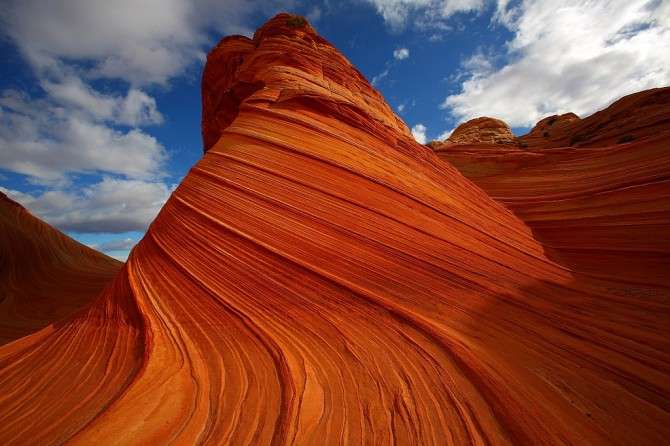
source and infos for hiking
------------------------------------------------------------------------------------------------------------------
- Basalt columns
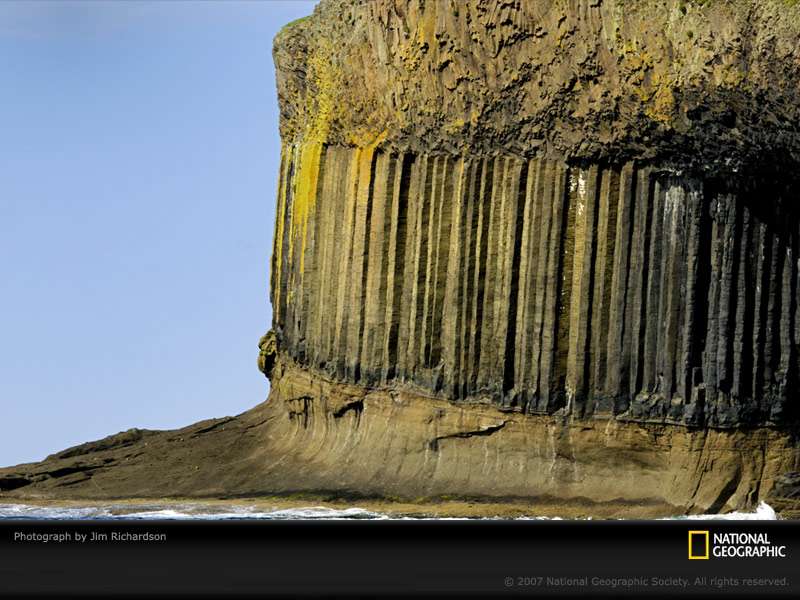
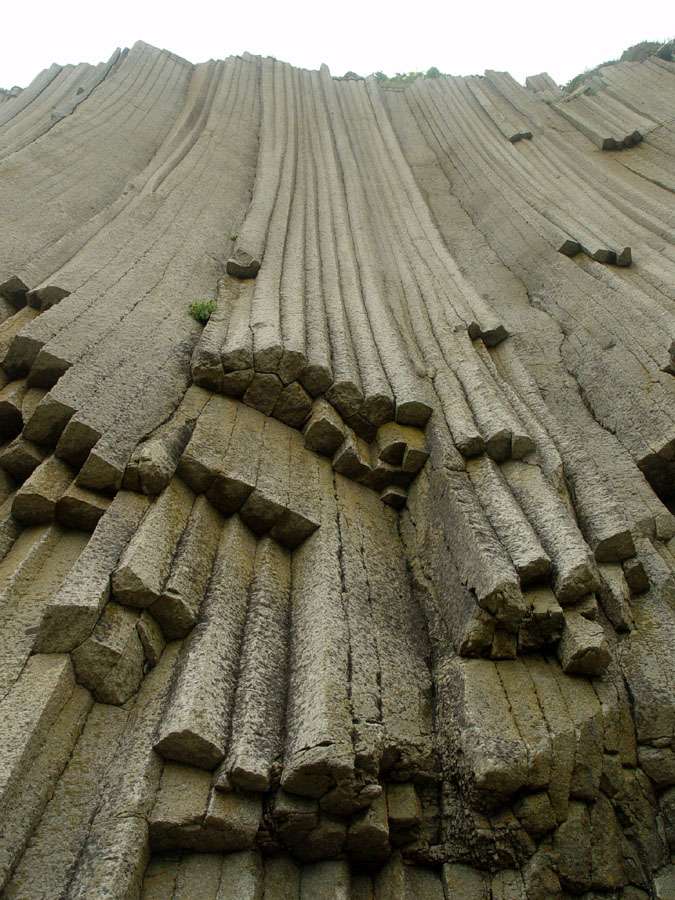
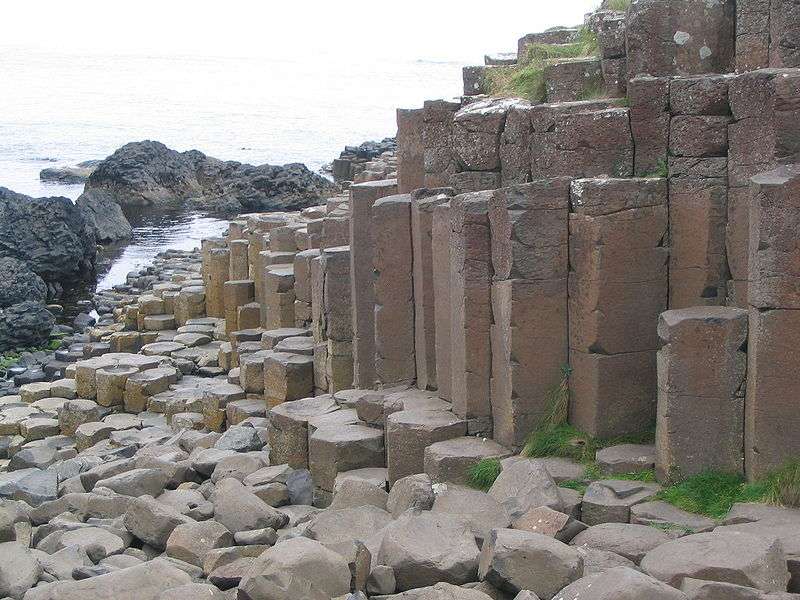
Especially known on the northeast coast of Northern Ireland, the Giant's causeway is a result of an ancient volcanic eruption and is made of around 40.000 basalt columns.


The area near the Utah-Arizona line is a place of strange and delightful rock formations. In the Paria Canyon-Vermillion Cliffs Wilderness, the renowned Wave formation is made of Jurassic-age Navajo sandstone -- 190-million-year-old sand dunes turned to rock. Stacked one atop another, the dunes calcified in vertical and horizontal layers.
Iron oxides bled through to give the sandstone a salmon color. Hematite and goethite added yellows, oranges, browns and purples. It was all underground until water seeped through a huge vertical crack in a ridge above. The water cut a channel that was then scoured over thousands of years by wind-blown sand, carving out smooth curves and swells that look like cresting ocean waves.
source and infos for hiking
------------------------------------------------------------------------------------------------------------------
- Basalt columns



Especially known on the northeast coast of Northern Ireland, the Giant's causeway is a result of an ancient volcanic eruption and is made of around 40.000 basalt columns.
Columnar basalt
Columnar jointed basalt in Turkey
During the cooling of a thick lava flow, contractional joints or fractures form. If a flow cools relatively rapidly, significant contraction forces build up. While a flow can shrink in the vertical dimension without fracturing, it cannot easily accommodate shrinking in the horizontal direction unless cracks form; the extensive fracture network that develops results in the formation of columns. The topology of the lateral shapes of these columns can broadly be classed as a random cellular network. These structures are often erroneously described as being predominantly hexagonal. In reality, the mean number of sides of all the columns in such a structure is indeed six (by geometrical definition), but polygons with three to twelve or more sides can be observed. Note that the size of the columns depends loosely on the rate of cooling; very rapid cooling may result in very small (
I love your threads (and replies too)... they are always so visually stimulating. I spend so much time identifying the ugliness and negativity of the
world so it's always nice to be reminded of the natural beauty our world has to offer. And in a world that is short of patience and attention spans,
quickly scrolling through pictures is satisfyingly easy enough. Thanks for sharing!
thanks for turning people's attention to their primary love - Gaia
reply to post by MikeyBones
reply to post by Amaterasu
Thanks and you're very welcome!
Yes, I enjoy the beauty of our Earth and always try to show it at its best, it makes the balance with all the negativity we actually see around the world.
reply to post by Amaterasu
Thanks and you're very welcome!
Yes, I enjoy the beauty of our Earth and always try to show it at its best, it makes the balance with all the negativity we actually see around the world.
edit on 17-6-2011 by elevenaugust because: (no reason given)
Maybe I should also add the sliding rocks, even if the phenomenon is fully scientifically explained for now....
Sliding rocks at Death Valley: final scientific demonstration
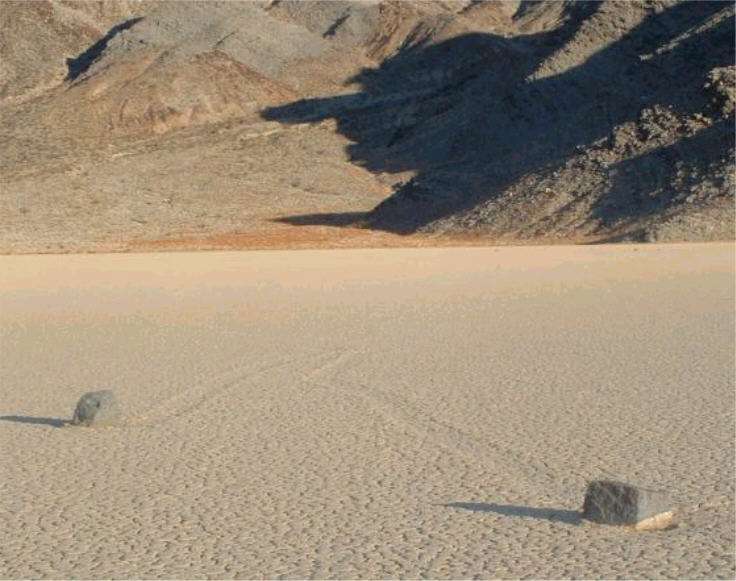
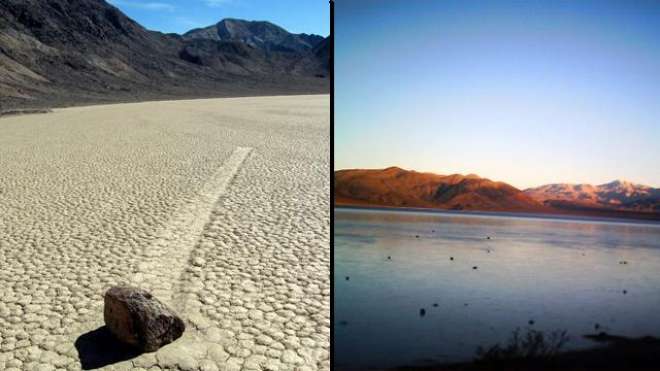
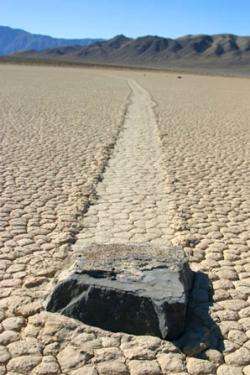
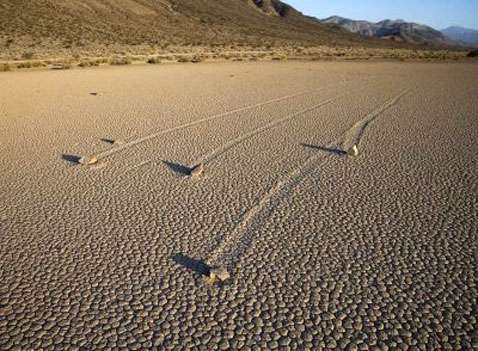
Sliding rocks at Death Valley: final scientific demonstration




new topics
-
Putin, Russia and the Great Architects of the Universe
ATS Skunk Works: 1 hours ago -
A Warning to America: 25 Ways the US is Being Destroyed
New World Order: 6 hours ago
top topics
-
President BIDEN's FBI Raided Donald Trump's Florida Home for OBAMA-NORTH KOREA Documents.
Political Conspiracies: 12 hours ago, 29 flags -
A Warning to America: 25 Ways the US is Being Destroyed
New World Order: 6 hours ago, 12 flags -
Las Vegas UFO Spotting Teen Traumatized by Demon Creature in Backyard
Aliens and UFOs: 17 hours ago, 7 flags -
Is AI Better Than the Hollywood Elite?
Movies: 13 hours ago, 3 flags -
Maestro Benedetto
Literature: 13 hours ago, 1 flags -
Putin, Russia and the Great Architects of the Universe
ATS Skunk Works: 1 hours ago, 1 flags
8
